PEDRO MEYER
The Challenge of La Santa Muerte
By Pedro Meyer
As a photographer, the first question I faced regarding the topic of the SANTA MUERTE would be: What do I want to contribute through these yet-to-be-taken photographs? I didn’t even know for sure what I would encounter beyond what my colleagues had already told me about the event to photograph. In other words, I knew nothing.
Capturing what unfolds before one’s eyes (the lens) is a relatively easy task in this era where cameras almost solve everything, allowing one to focus solely on visually commenting on human life.
Let’s be honest, everyone has an opinion about what they see through the lens of their camera. That is, having a criterion is not the only important thing; we all have criteria. The crucial aspect is whether that opinion helps us see what is not so apparent. It helps us navigate through some veil, however subtle it may be, over what we call “reality.”
Lenses come and go, color or black and white, all are variables that we all know over these almost two hundred years since the birth of photography. What is truly a new field of exploration (since 2022) for photographic images is the use of Artificial Intelligence. Something that almost everyone talks about but the vast majority do not have a clear understanding of.
Some believe that it is just the creation of images as if with a magic wand connected to the internet, but, in reality, it is much more complicated than that. It is, according to my experience, most similar to what a good writer faces, that is: a blank sheet.
You might ask, dear reader, what does a blank sheet have to do with a photograph to be taken? Allow me to explain: Just as the writer has to clearly outline their own narrative, a professional photographer is faced with the same dilemma (given that today we already have tools that allow us to answer that question with relative ease). Merely recording is no longer sufficient; now, a photographer needs to offer their own perspective, which is not merely the documentary reproduction of a specific situation.
I will give some examples using my own work, which attempts to take you, the reader, to a conceptual destination that encourages you to explore your own notions of what you are accustomed to seeing without further questioning. Why is there a cow in the midst of the Santa Muerte environment? That is precisely the question that I pose. I thought about beliefs, where it’s not a matter of opining whether one endorses them or not. Nor is it about passing judgment on those who have them. It’s about asking oneself from where these images are captured. Some present their photos with the conviction of a believer, others with complicity in the form of a wink, others with disdain, and some are just carried away by curiosity without a deeper connection to the subject. I chose to find an analogy with other widely disseminated beliefs in another part of the world, in India, where 300 million cows are sacred.
The veneration of the cow has roots in Hinduism, the predominant religion in India. According to Hindu tradition, the cow is a symbol of life and Earth, considered a pure and benevolent animal. In Hindu scriptures like the Rigveda, cows are associated with Aditi, the mother of all gods. Furthermore, many Hindu deities are somehow linked to cows, and killing a cow is believed to be akin to killing a human being. Given the deep respect and reverence for cows in Hindu culture, cows often roam freely on the streets of India, especially in more traditional and rural areas. It’s common to see them walking on roads, markets, and other public spaces. People generally don’t bother or drive them away due to their religious and cultural beliefs. In many areas, it’s illegal to harm or kill a cow, and doing so can have serious legal and social consequences.
So, with the support of Artificial Intelligence, I spent a lot of time searching and trying out many cows that felt right in the context of that street in Tepito. It wasn’t a matter of pressing a button and, voila, a cow appears; it’s nothing like that. This cow has an editorial, photographic, aesthetic, cultural, and religious criterion. At first glance, this may not be apparent, just like with a good wine, which requires some explanation. The beliefs of the Santa Muerte find good protection in the company of a sacred cow.
Another transformed image depicts a family of worshipers, originally captured on a street in Tepito, and now they are in a forest, not by chance but as a reflection on how an entirely urban cult would look surrounded by trees, traversing rural spaces in this diverse and multiethnic Mexico.
Click on the images to view them in full size.
Copyright © Pedro Meyer
Leave us a comment

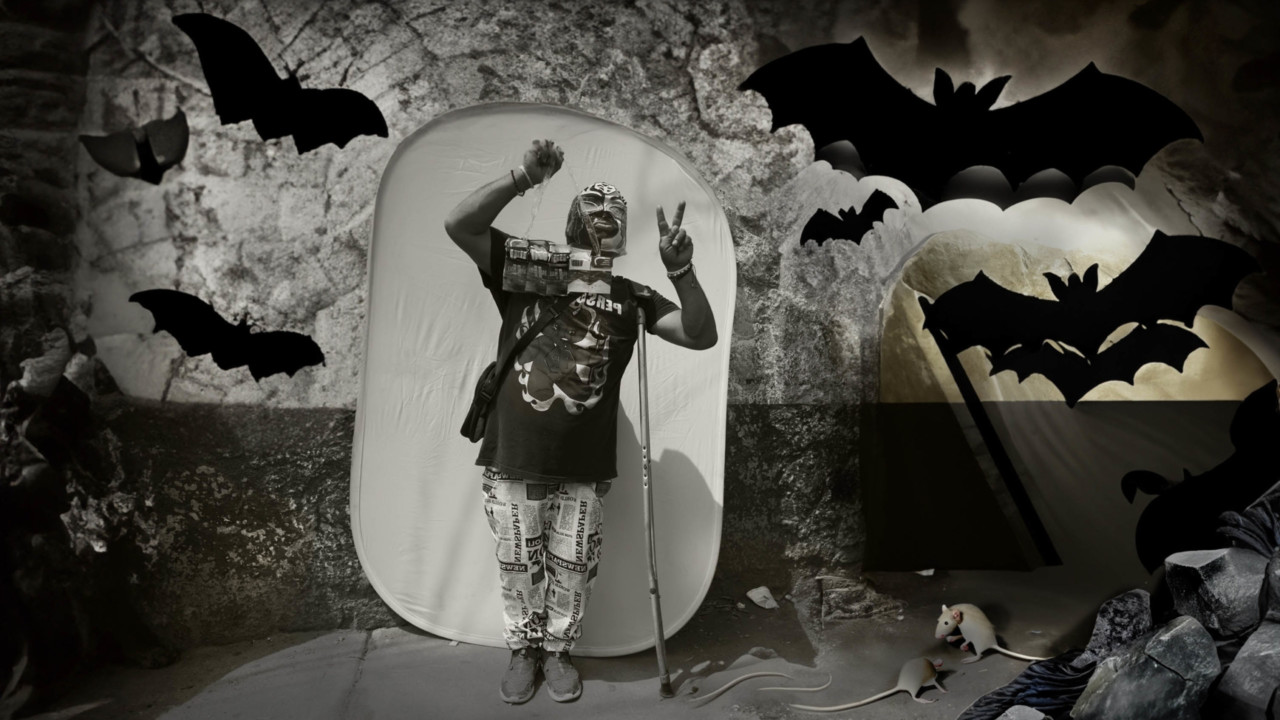

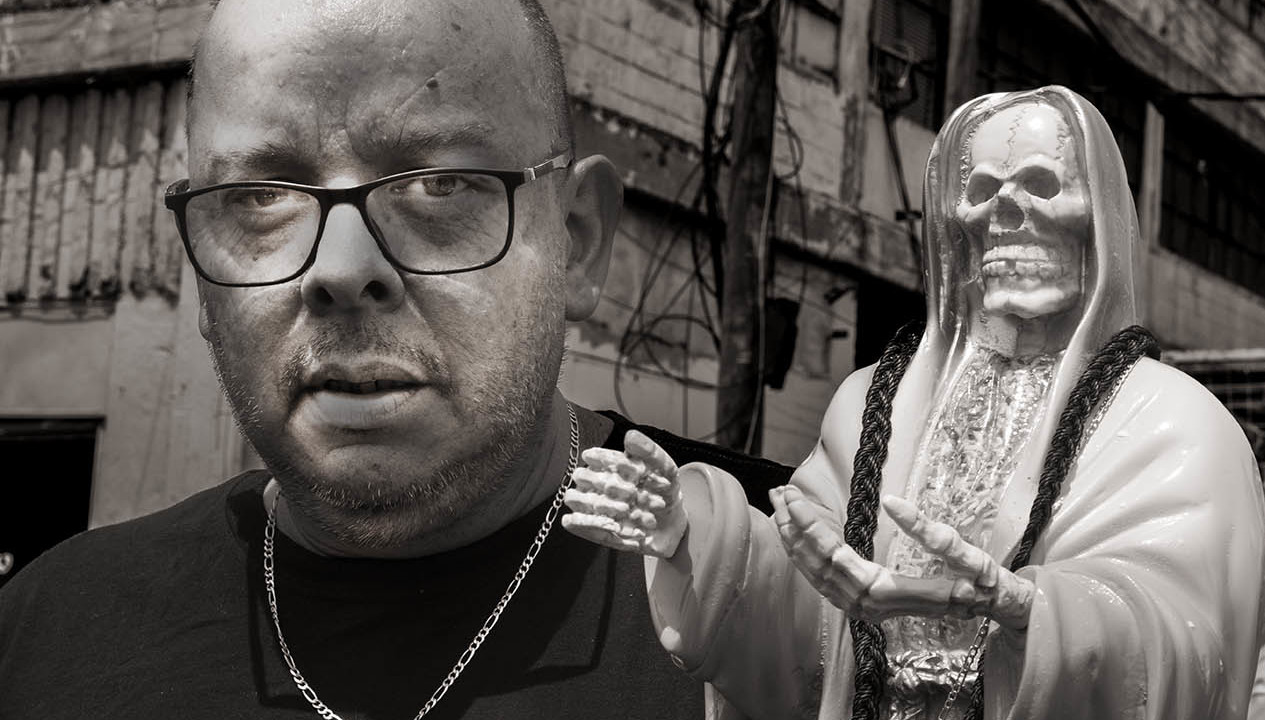

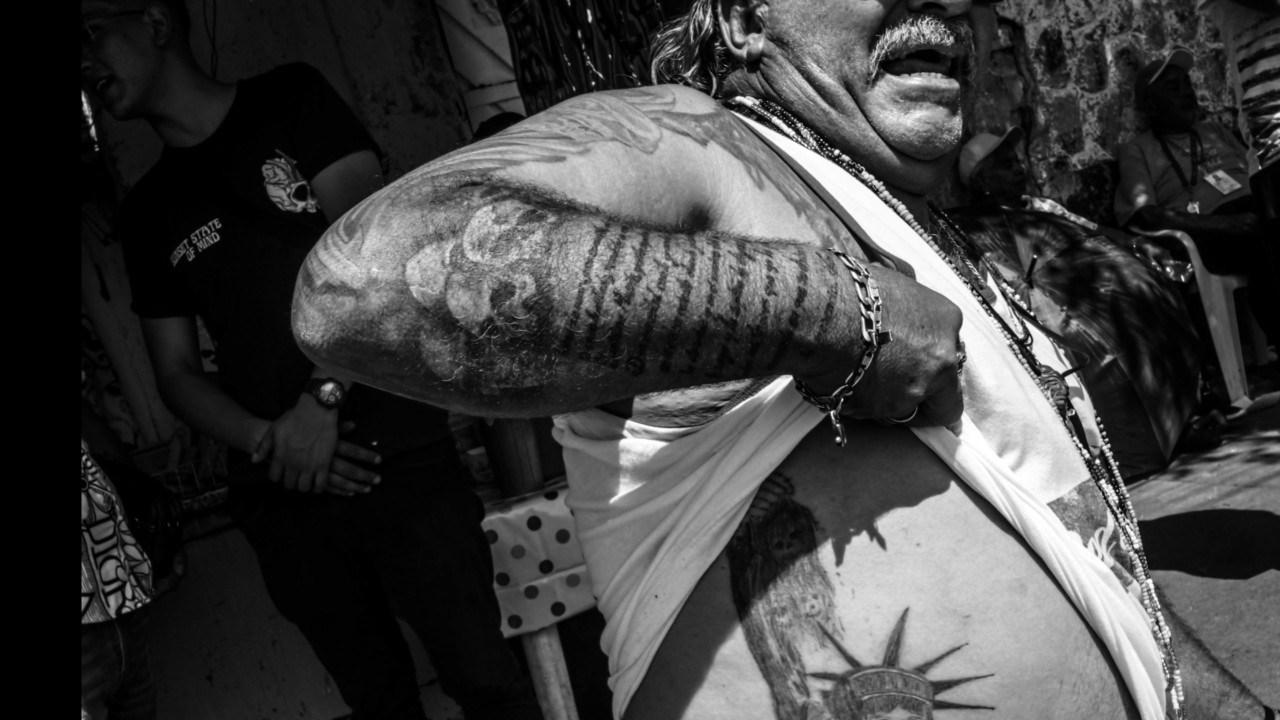

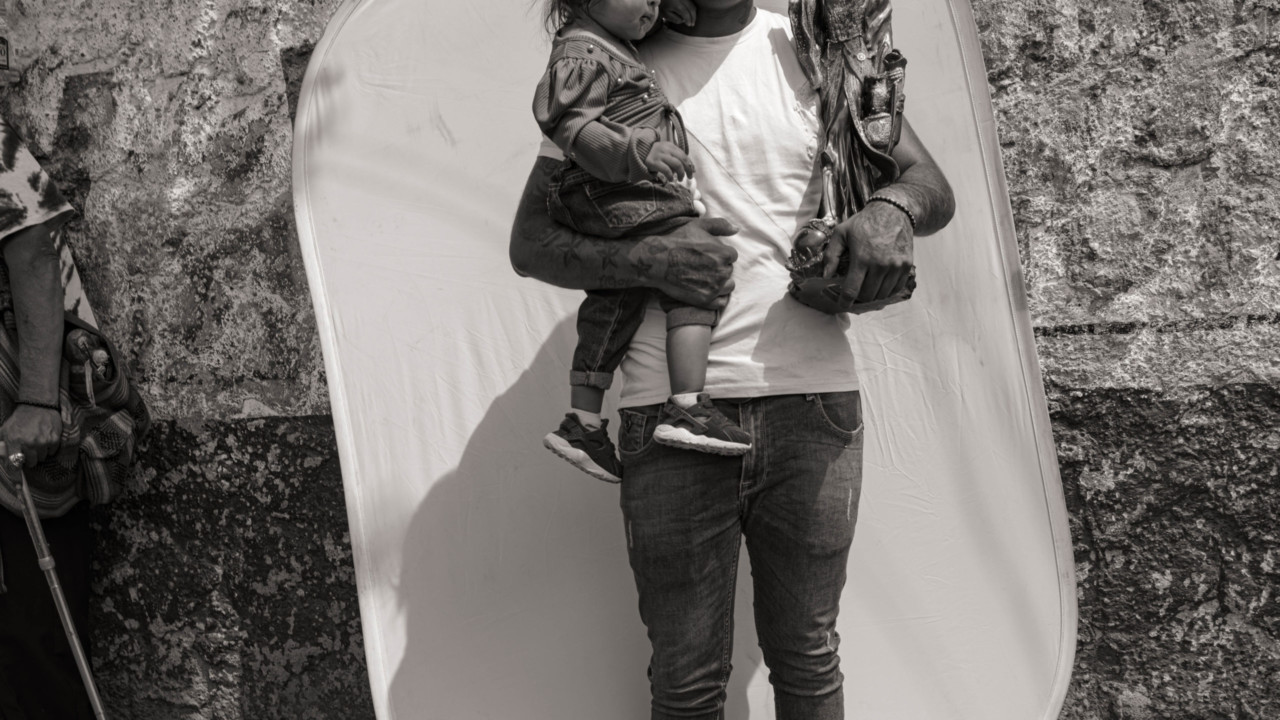
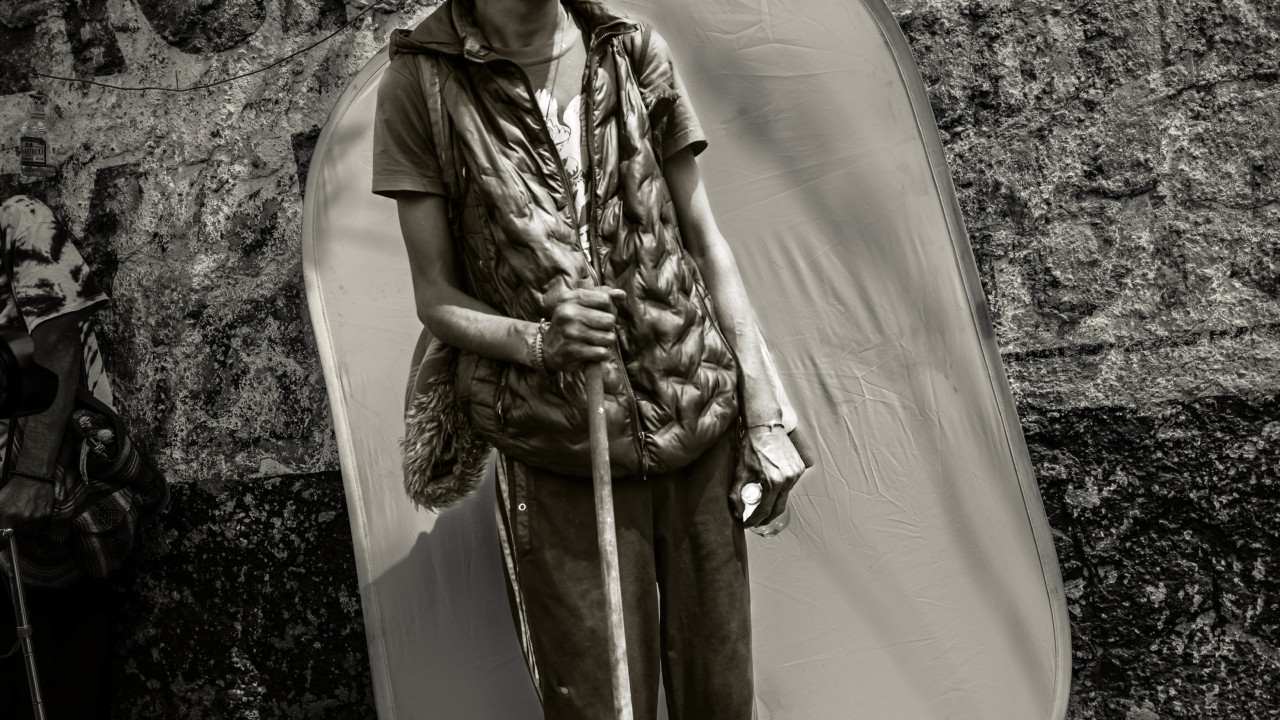

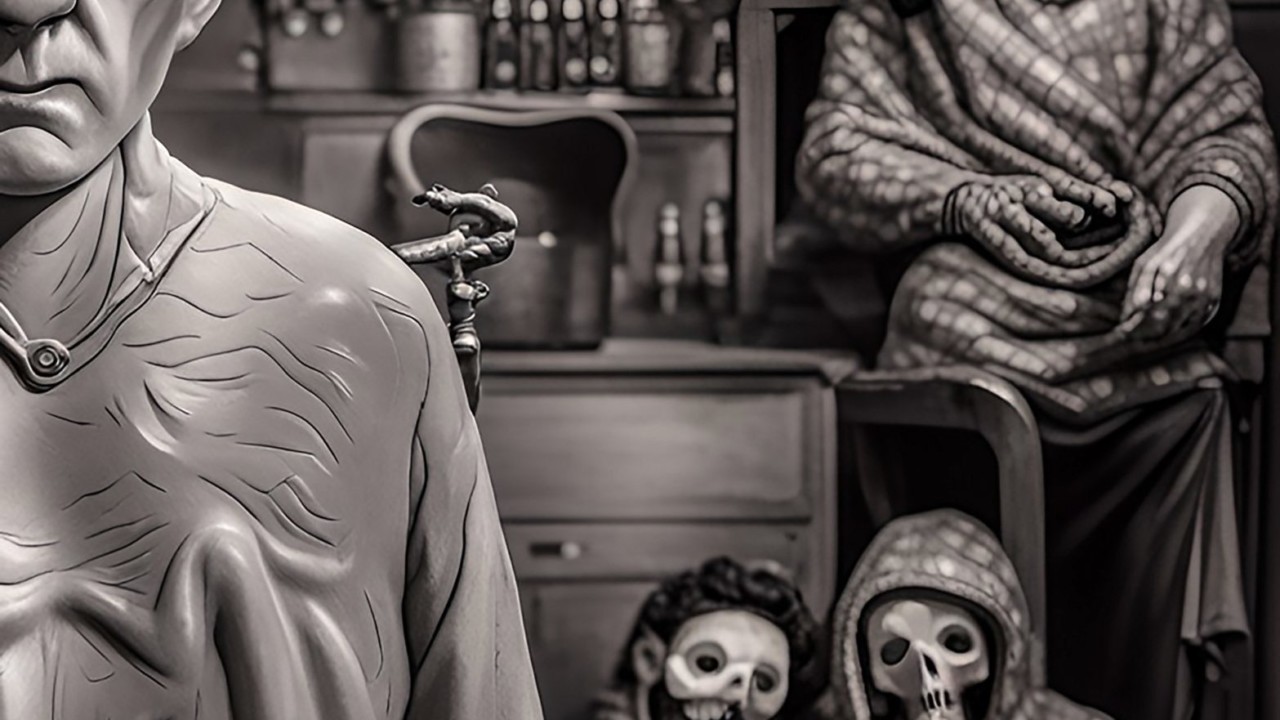
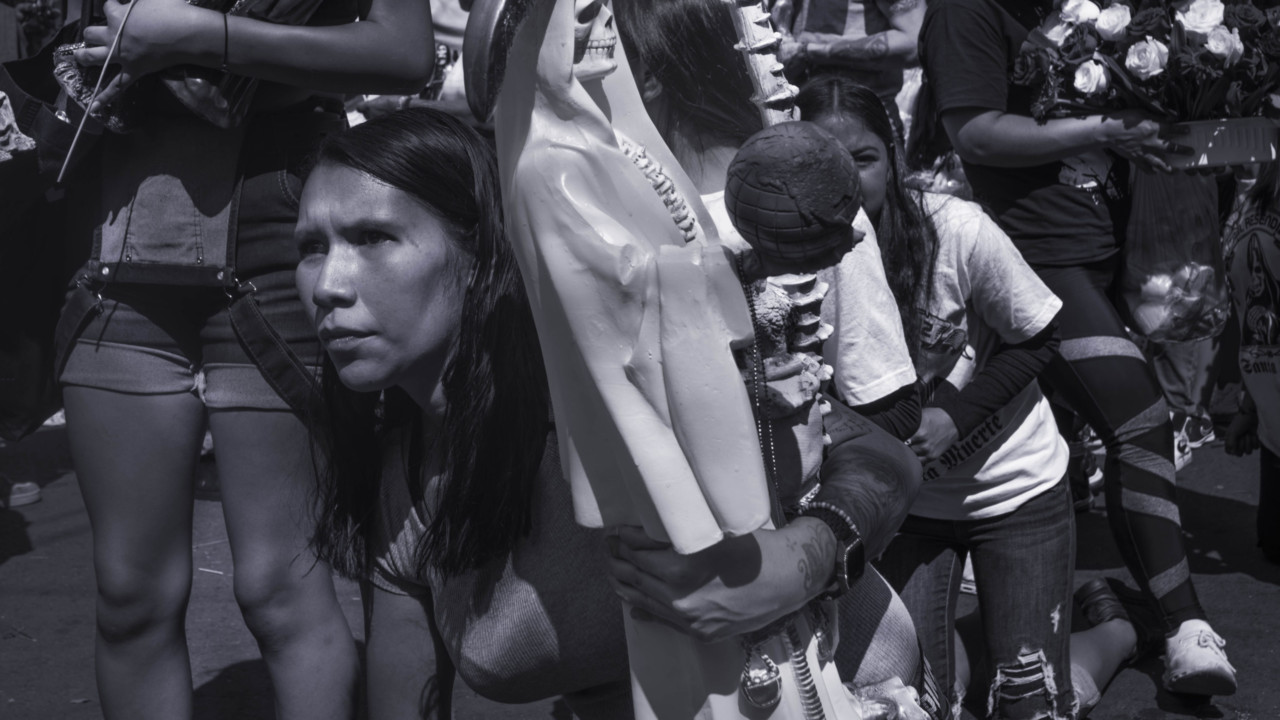
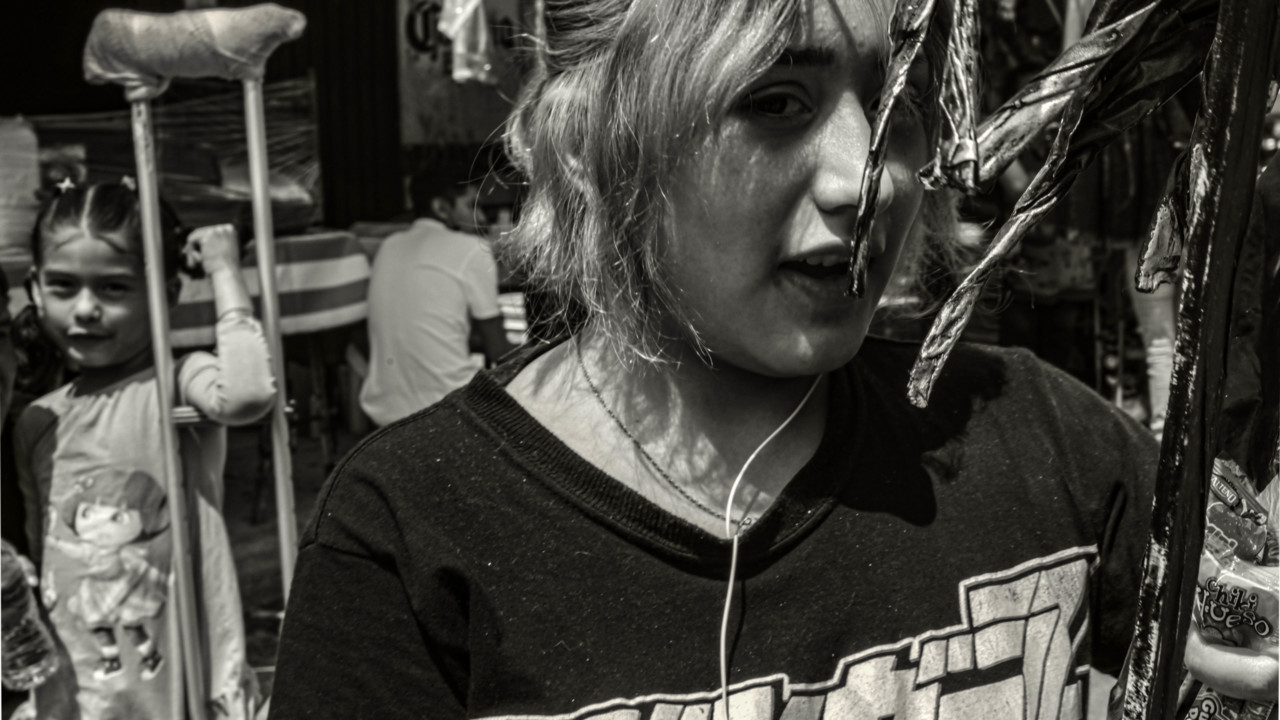
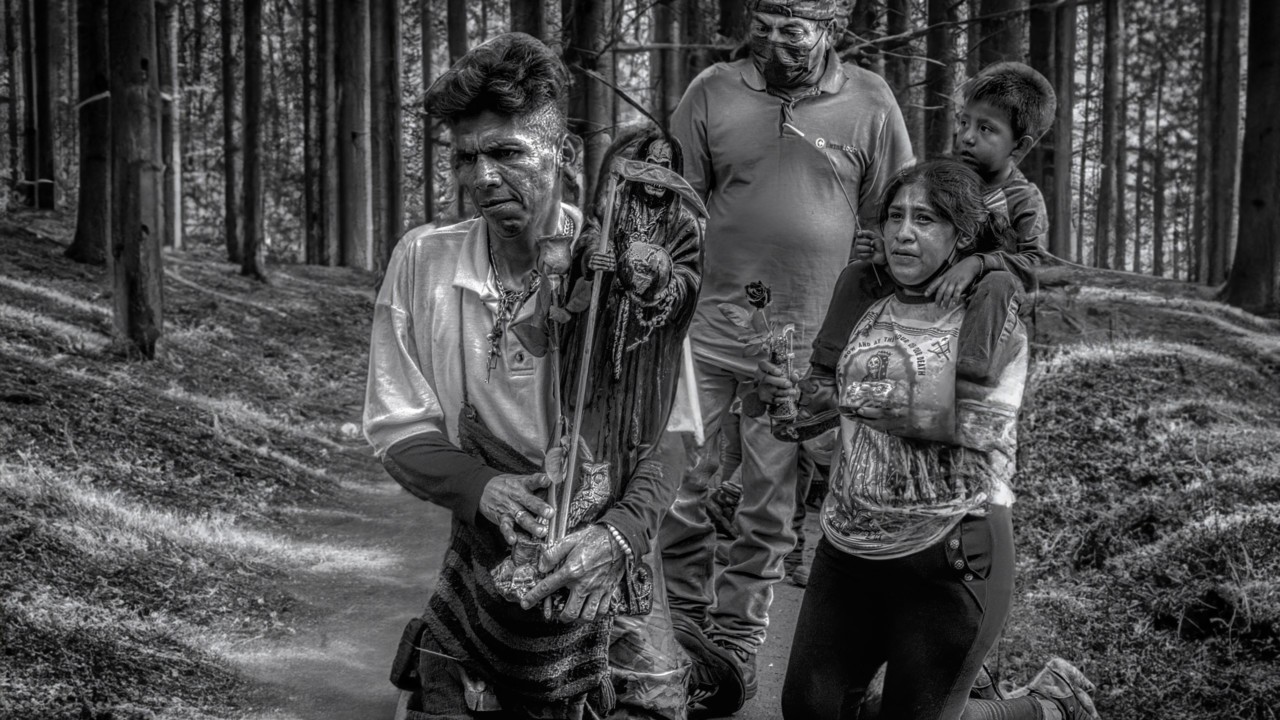
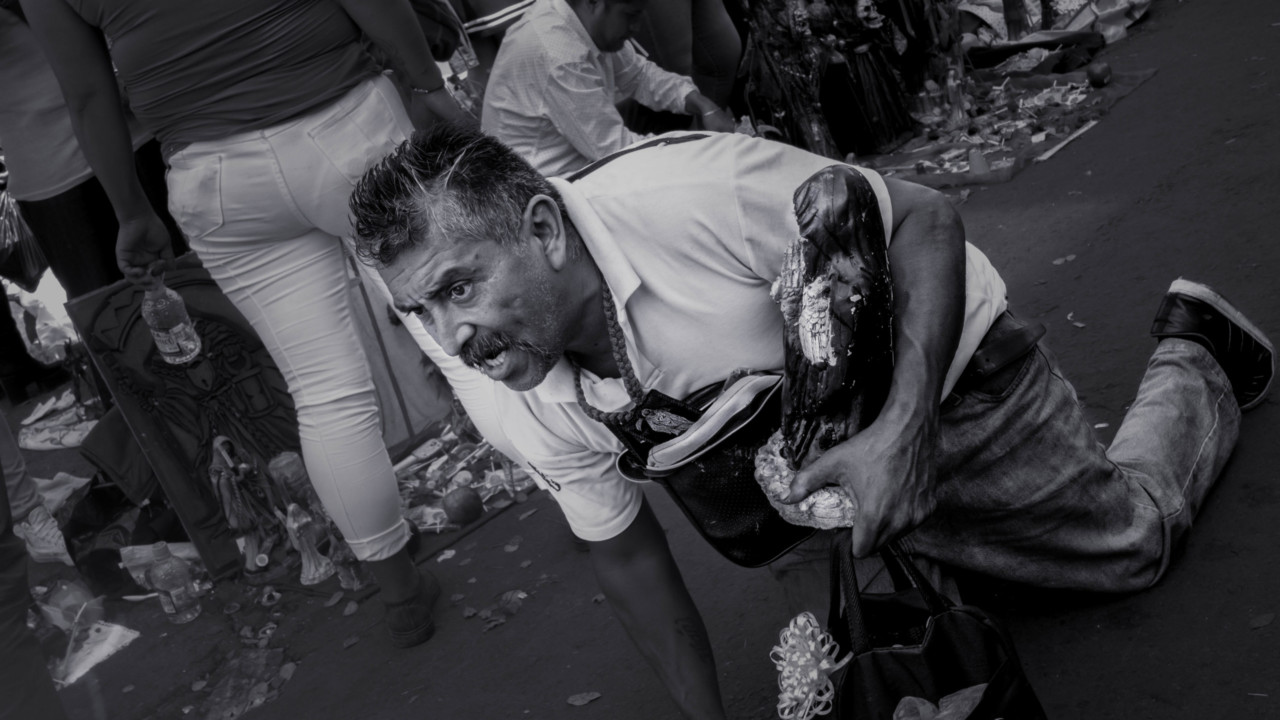
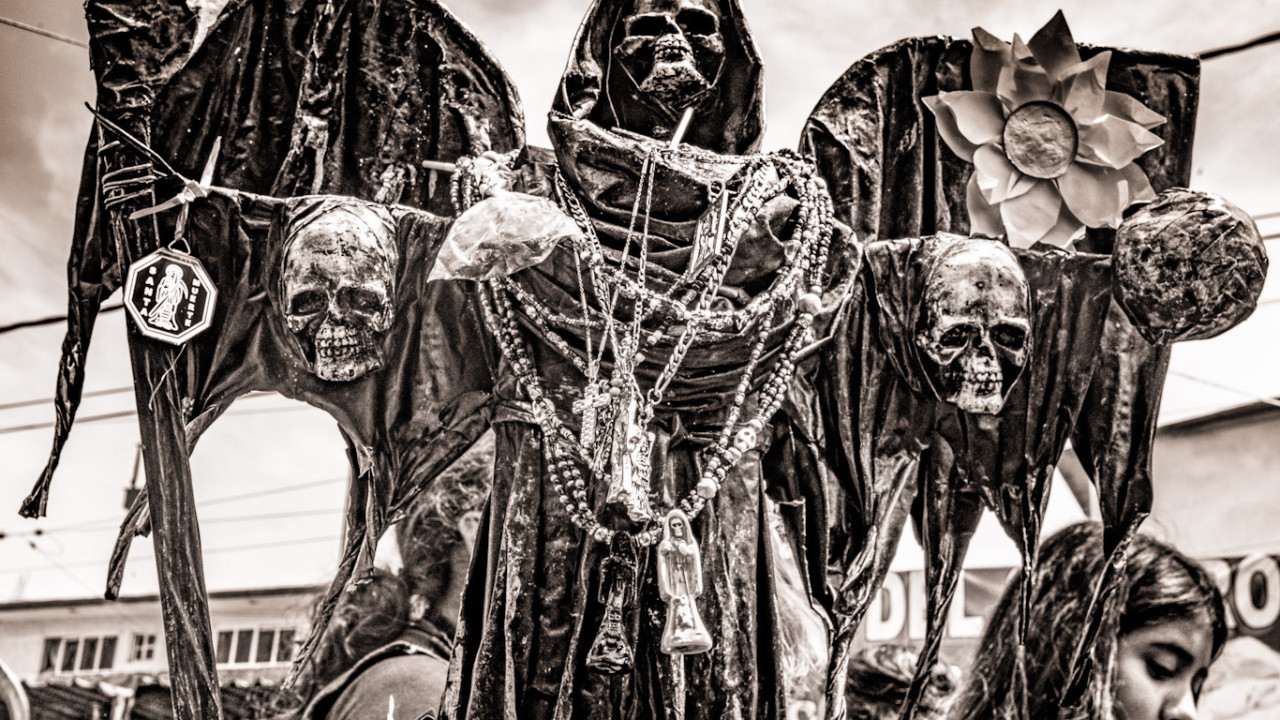
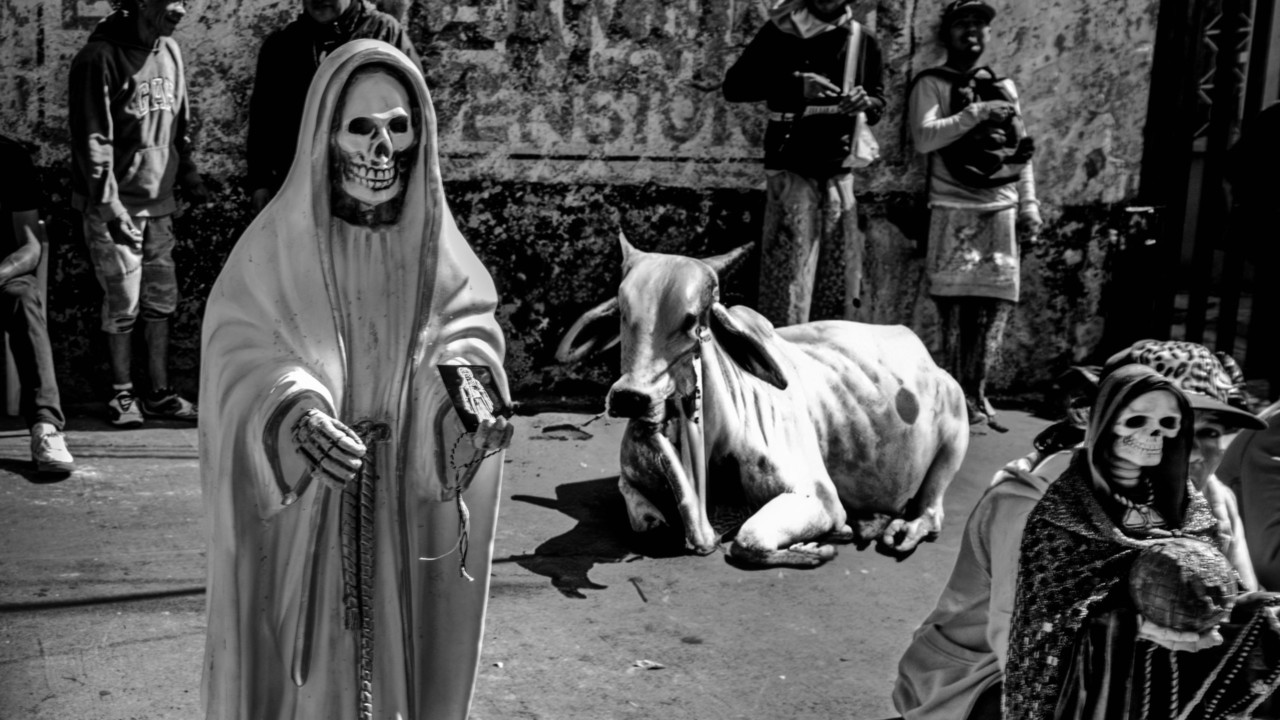
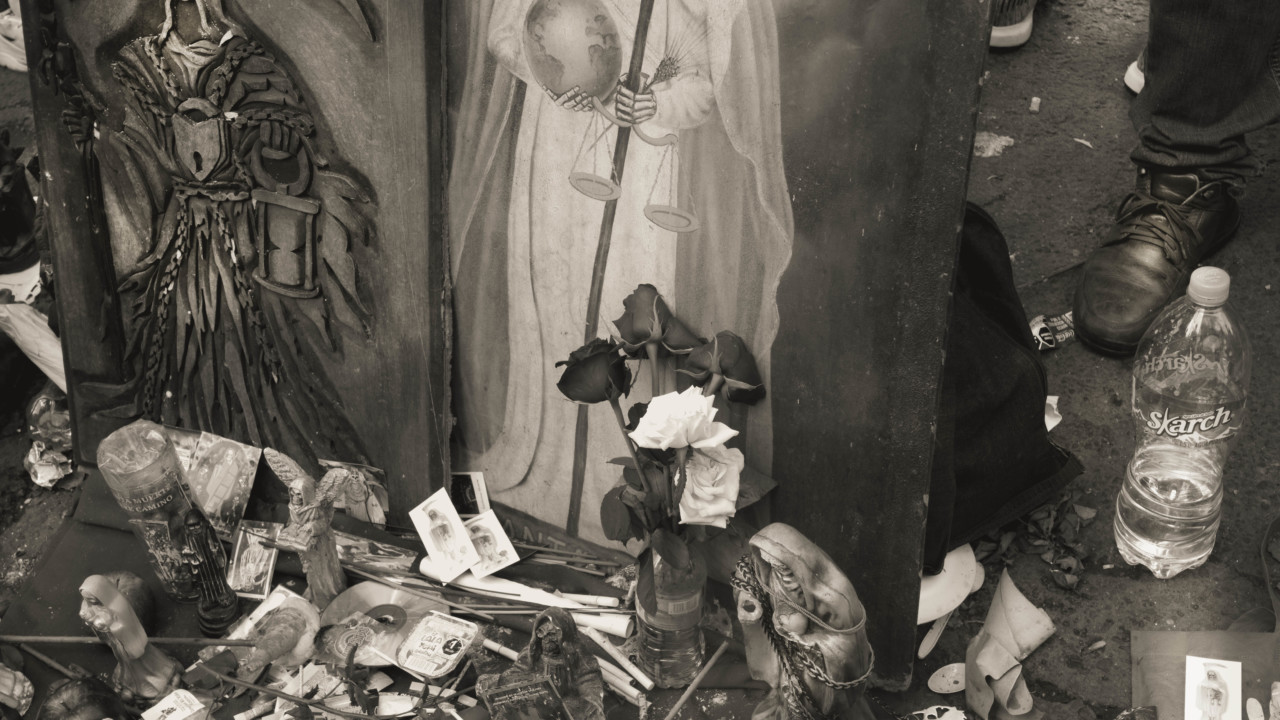

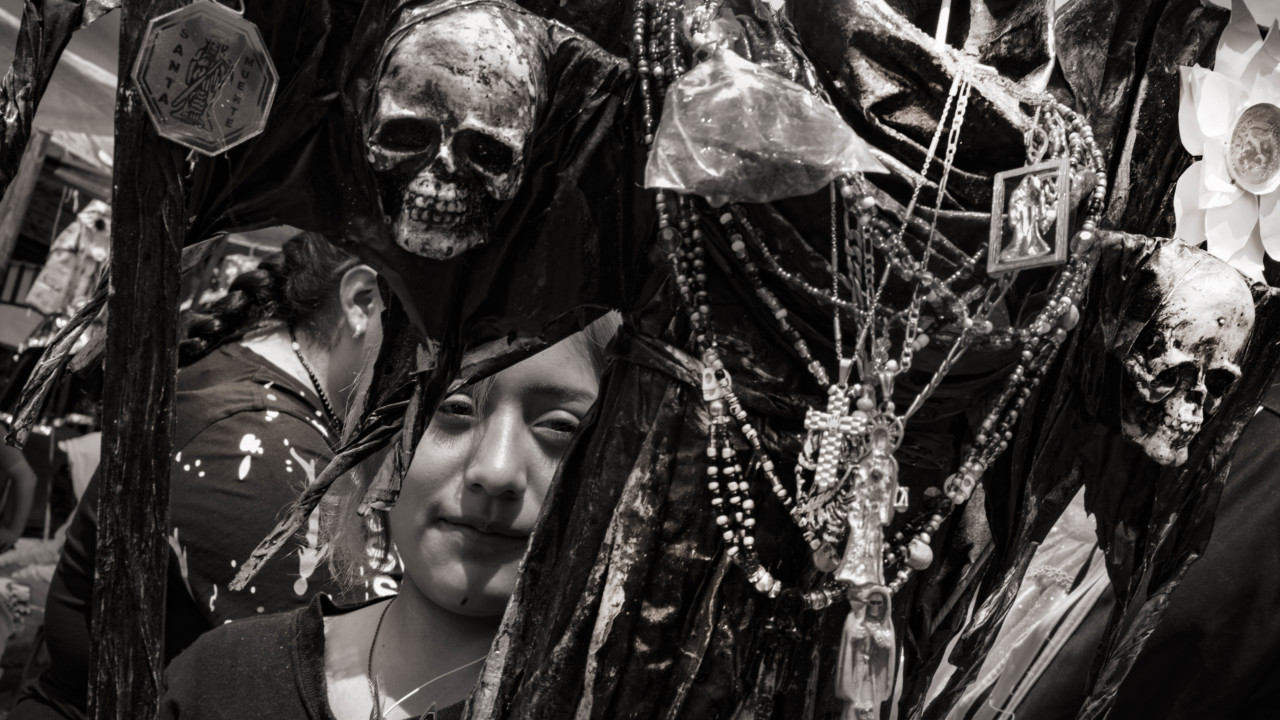
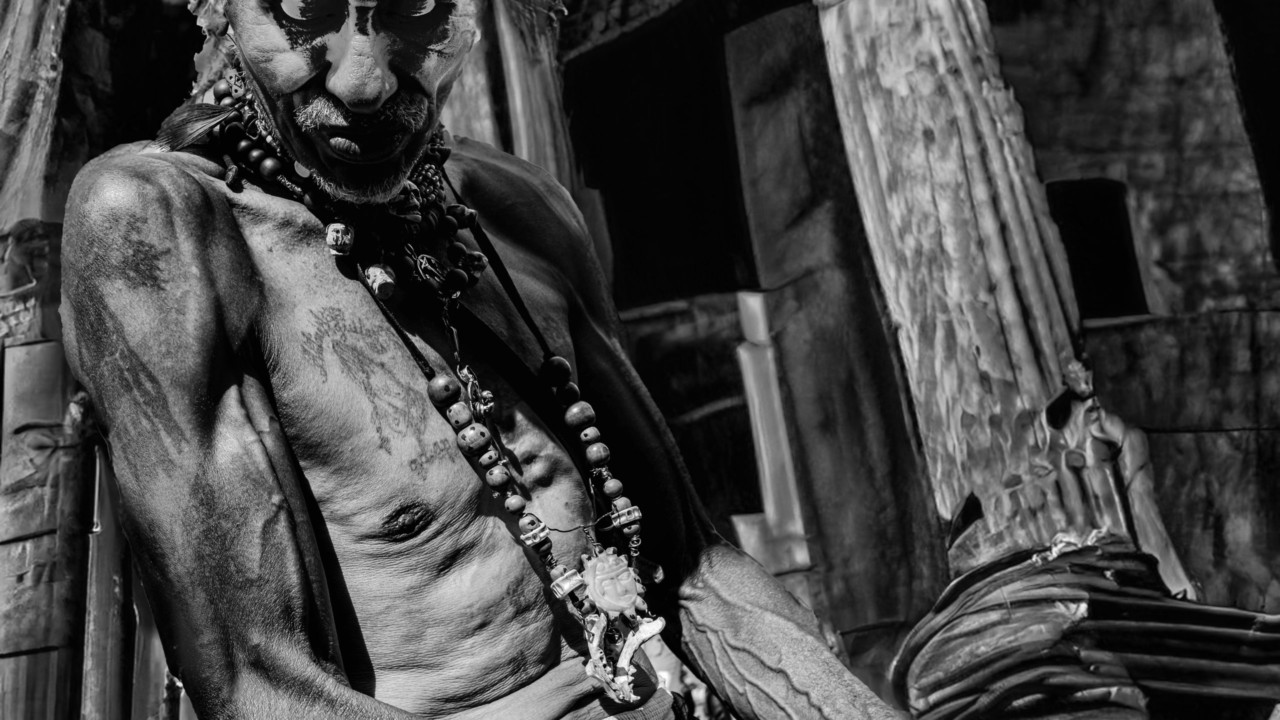
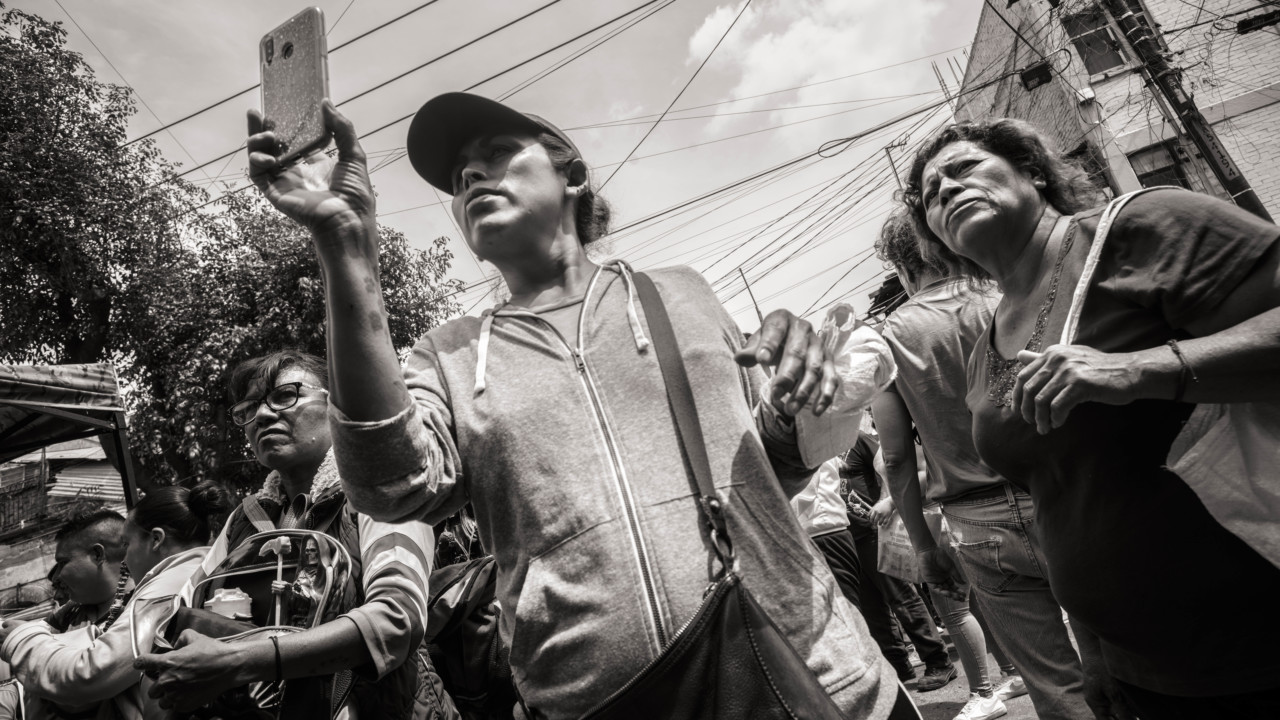
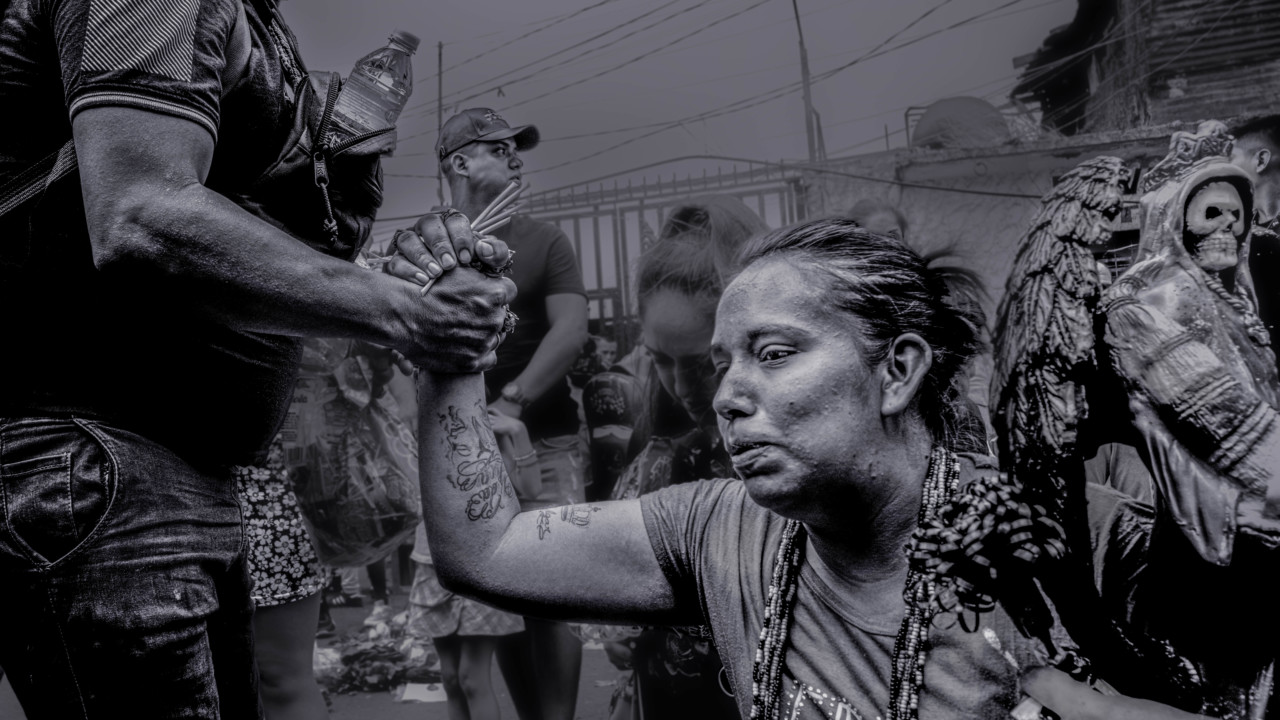
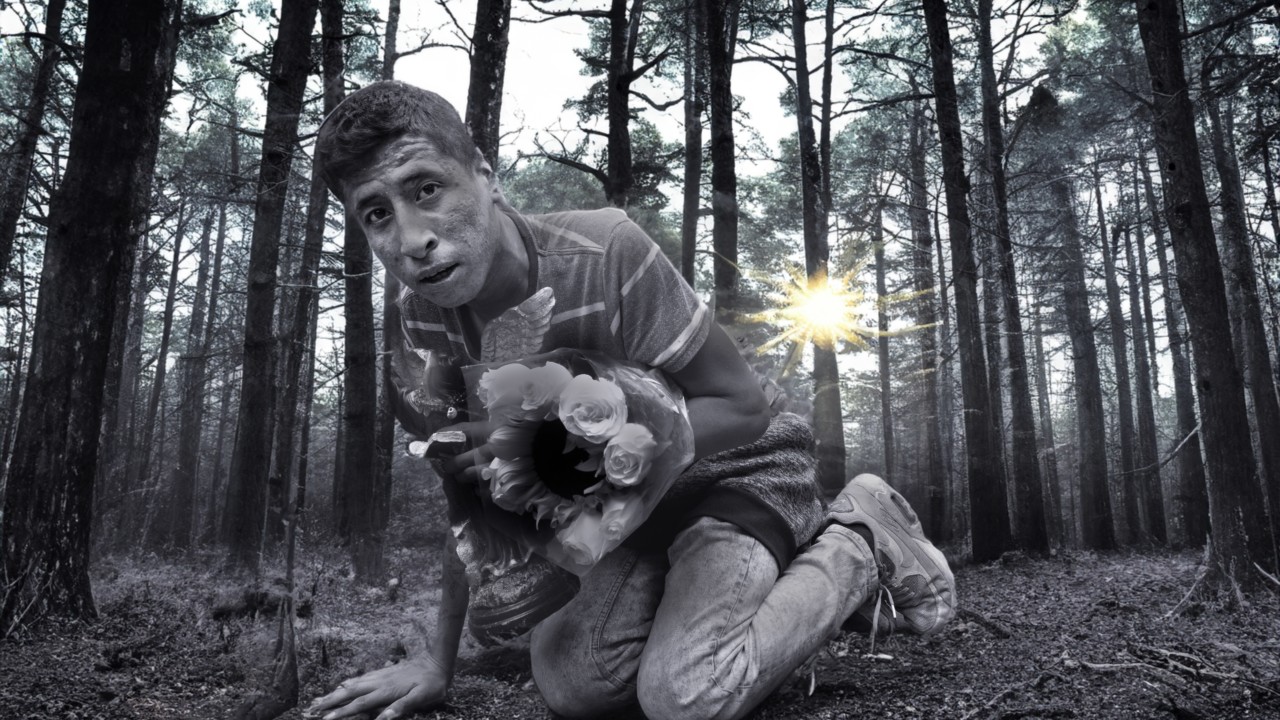
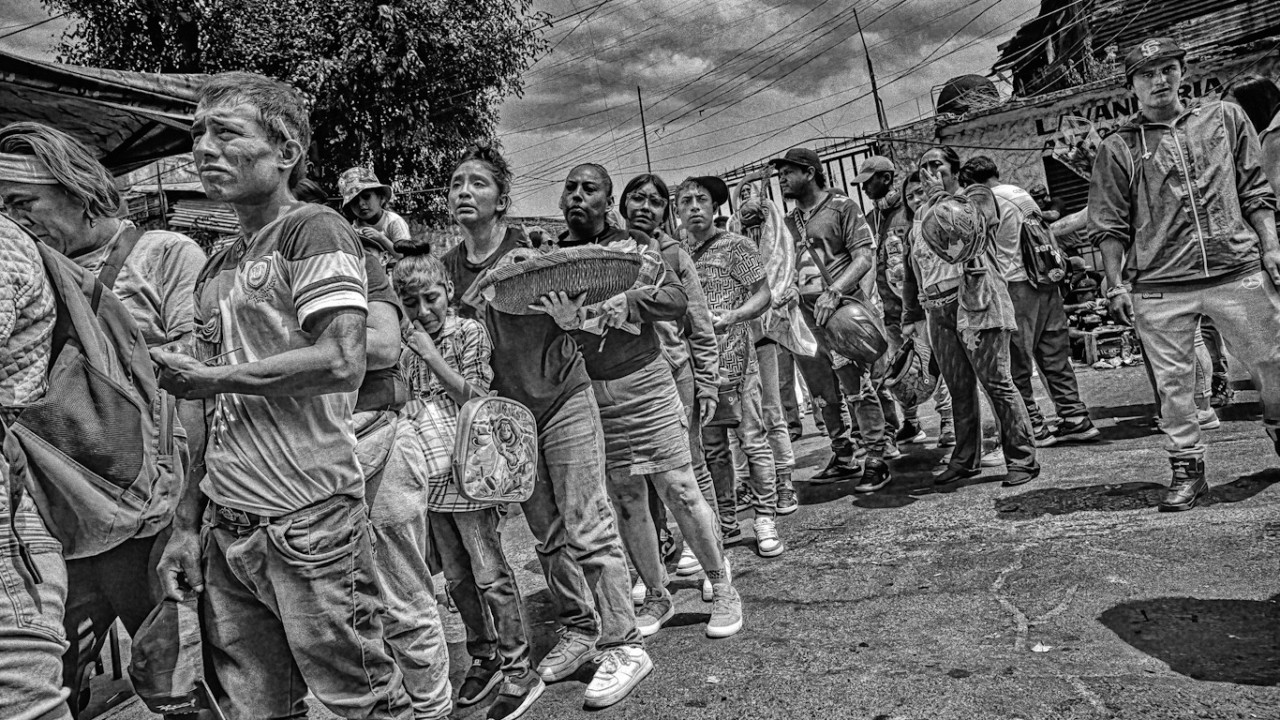

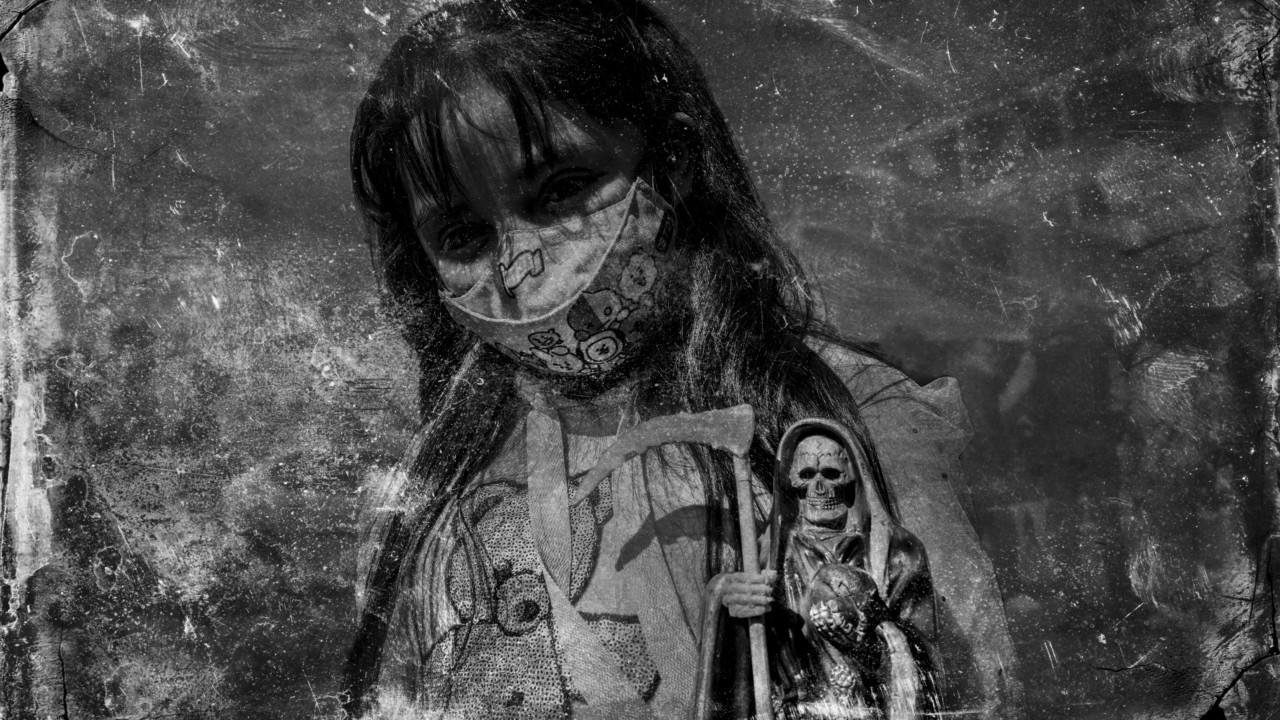
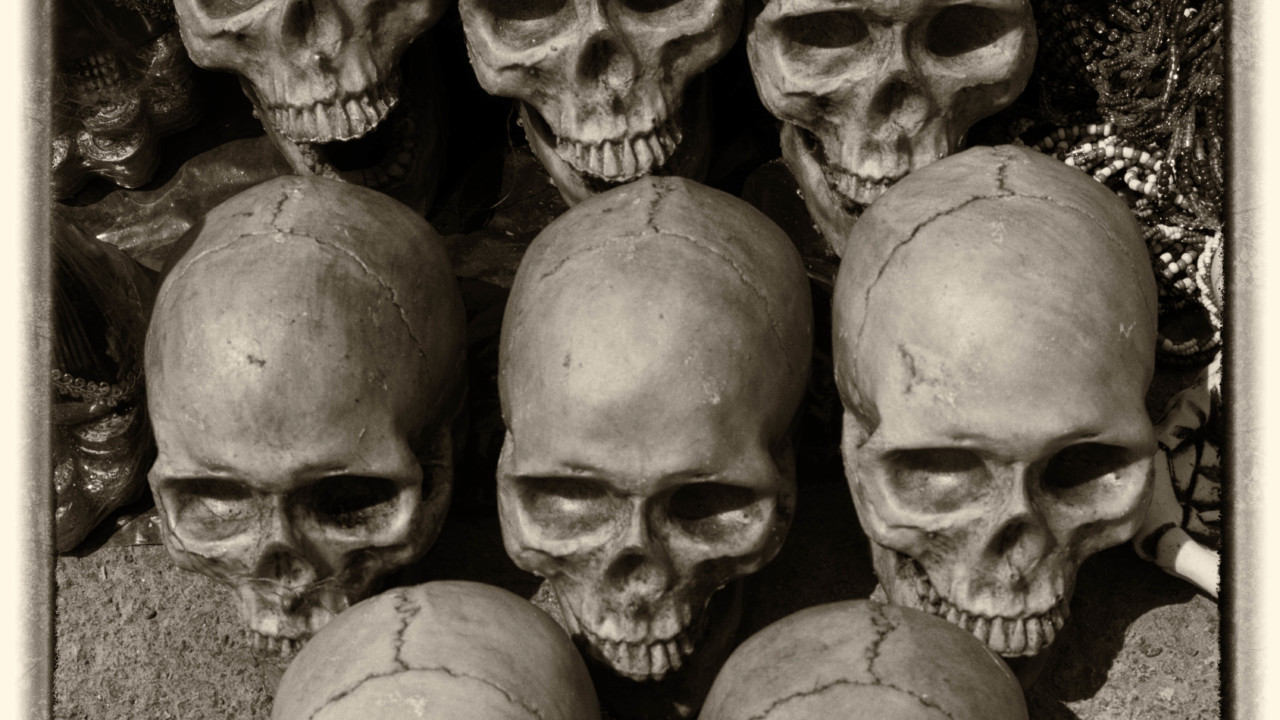
0 Comments